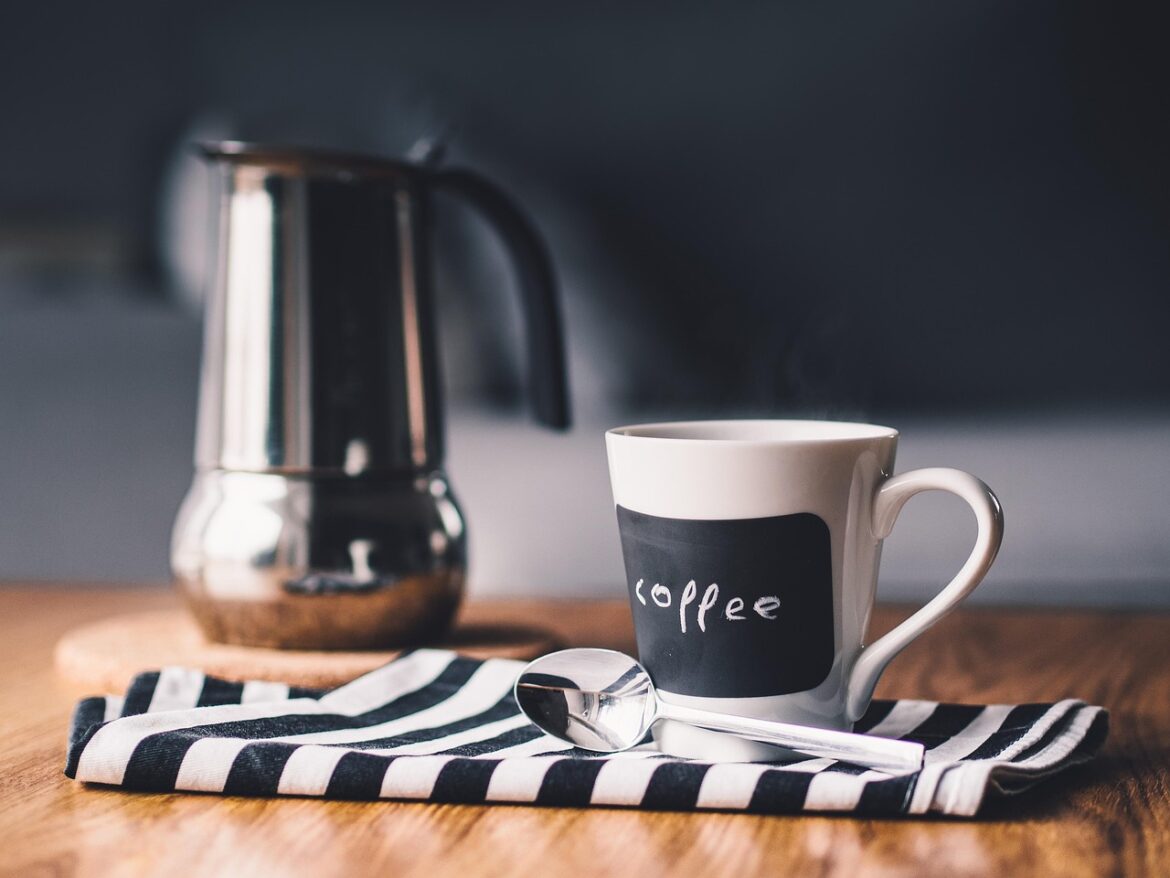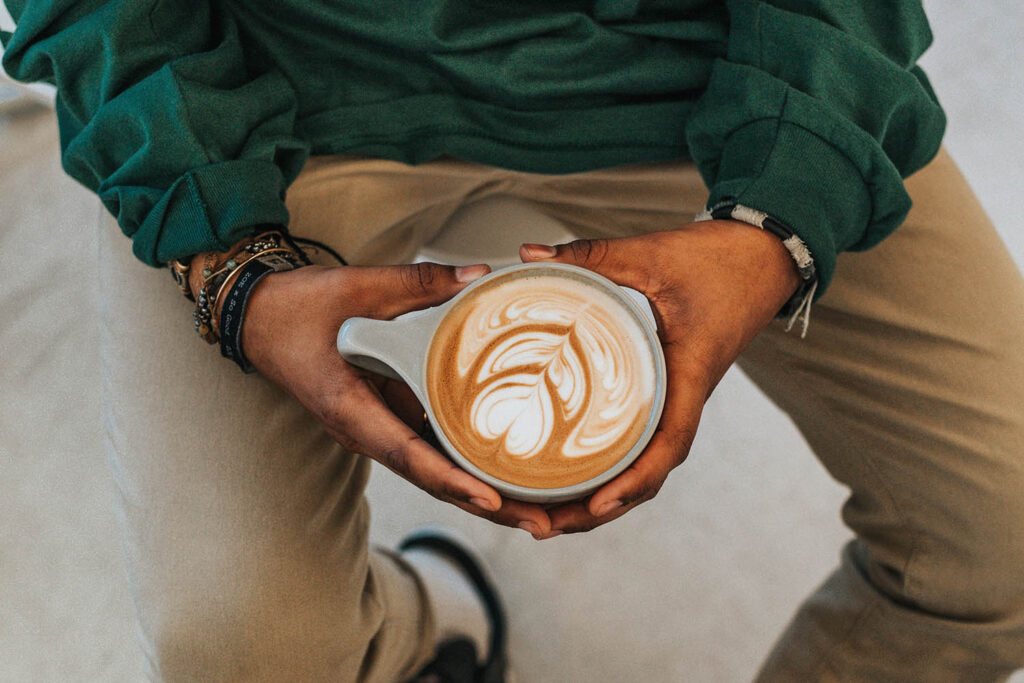Mastering the Art of Home Coffee Brewing: Techniques
Introduction
With the rise of specialty coffee culture, mastering the art of home coffee brewing has become a pursuit for coffee enthusiasts worldwide. From selecting the right beans to understanding different brewing methods, the process can be both an art and a science. This comprehensive guide will explore essential techniques, tools, and tips to help you enhance your home coffee experience. Whether you’re a novice or a seasoned brewer, you’ll find valuable insights into making the perfect cup of coffee.
Choosing the Right Coffee Beans
Importance of Bean Quality
Selecting high-quality coffee beans is the cornerstone of a great brew. Look for beans that are freshly roasted and sourced from reputable suppliers. Freshness is crucial, as coffee beans begin to lose their flavor and aroma weeks after roasting.
Understanding Coffee Origins
Coffee beans vary widely in flavor depending on their origin. Beans from Africa, for instance, are often fruity and floral, while those from Latin America might have a nutty or chocolaty profile. Experimenting with beans from different regions can dramatically alter your coffee’s taste.
Single-Origin vs. Blends
Single-origin coffees provide distinct flavors and are great for methods that highlight subtle characteristics, like pour-over or AeroPress. Blends, however, are designed to create a balanced profile, making them ideal for espresso.
Essential Brewing Equipment
Choosing the Right Grinder
A quality coffee grinder is essential for brewing exceptional coffee at home. Burr grinders are preferred over blade grinders, as they provide consistent grind size, which is crucial for extracting maximum flavor.
Popular Brewing Devices
- French Press: Known for its rich and full-bodied flavor.
- Espresso Machine: For those who prefer a concentrated and creamy cup.
- Pour-Over: Delivers a clean and aromatic coffee experience.
- AeroPress: Versatile and ideal for experimentation.
Investing in the right equipment based on your preferred brewing method enhances the quality of your coffee.
Brewing Techniques: Step-by-Step
Grinding Your Coffee
The grind size should match your brewing method. Fine grinds are suitable for espresso, medium for drip machines, and coarse for French Press. Consistency is key, as uneven grinds can lead to poor extraction.
Mastering Water Temperature
The ideal water temperature for brewing coffee is between 195°F to 205°F. Temperatures below this range can lead to under-extraction, resulting in weak coffee, while hotter water can cause over-extraction, making coffee bitter.
The Brewing Process
Each brewing method has its specific nuances:
- French Press: Steep coarsely ground coffee in hot water for about 4 minutes before plunging.
- Pour-Over: Slowly pour hot water over medium-fine coffee grounds in a circular motion to ensure even extraction.
- Espresso: Tamp finely ground coffee into the espresso machine’s portafilter and brew under high pressure for about 20-30 seconds.
Experimentation and Adjustment
Use a scale to measure coffee grounds and water accurately for consistent results. Adjust ratios, grind sizes, and brewing times based on taste preferences and the unique characteristics of different coffee beans.
Maintaining Your Coffee Equipment
Proper maintenance of coffee gear ensures longevity and consistent quality of your brews. Regularly clean your grinder, coffee maker, and any other equipment. Descale espresso machines and coffee makers to prevent mineral buildup that can affect the taste and performance.
Conclusion
Mastering home coffee brewing is a rewarding journey that not only elevates your daily coffee routine but also deepens your appreciation for the complexities of coffee. By choosing the right beans, utilizing proper equipment, and honing your brewing techniques, you can achieve café-quality coffee in the comfort of your home. Embrace the process, experiment with different methods and adjustments, and most importantly, enjoy each cup.
Common Questions Answered
-
What is the best coffee-to-water ratio?
- Typically, a ratio of 1:15 (coffee to water) works well, but this can vary based on the method and personal taste preferences.
-
How often should I clean my coffee equipment?
- Clean removable parts after each use and descale machines every 3-6 months, depending on water hardness and frequency of use.
-
Can the type of water affect coffee taste?
- Yes, use filtered or bottled water if possible, as hard water can leave mineral deposits and alter the flavor of your coffee.
By incorporating these techniques and regularly caring for your coffee equipment, you’ll ensure that each cup you brew is as delicious as the last. Happy brewing!


